Last Updated on July 12, 2023 by Francis
.jpg)
Contents
KeyTakeaways:
- Technology can influence the content of dreams and how people perceive their dreams.
- Research suggests that technology use before bedtime can impact sleep quality and dream experiences.
- Further study is needed to fully understand the role of technology in dreams and its implications for mental health and well-being.
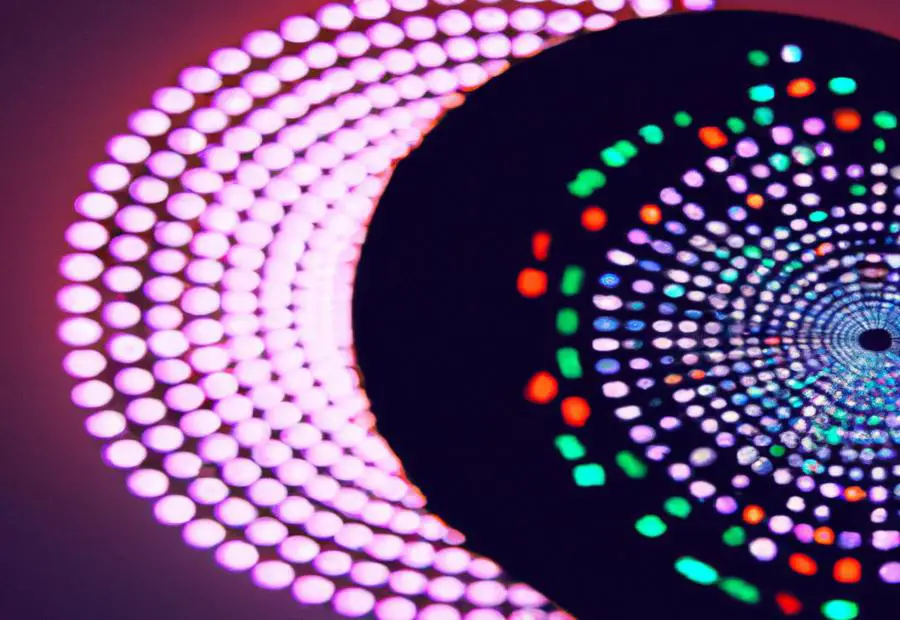
Photo Credits: Meaning-Of-Number.Com by Willie Martinez
Dreams and technology may seem like separate realms, but they intertwine in fascinating ways. In this section, we’ll dive into the intriguing connection between dreams and technology. From understanding the role dreams play in our lives to unraveling the phenomenon of technology appearing in our dreams, we’ll explore the intricate relationship between these two seemingly unrelated entities. So, fasten your seatbelts and prepare to venture into the captivating world where dreams and technology converge.
Understanding Dreams and Technology
Interest in the link between dreams and tech has been on the rise. Studies have revealed how tech use affects what we dream about. This has deepened our understanding of dreams in different contexts, and how people with different backgrounds have different dreams based on tech.
Researchers have also looked into lucid dreaming and tech. This could lead to manipulating dreams in new ways. It has the potential to expand our knowledge of the human mind and consciousness. But, the research into dreams and tech presents questions yet to be answered.
Exploring the Phenomenon of Technology in Dreams
Dreams and technology: a phenomenon that’s been studied extensively! Researchers have gained insights into how tech affects dream content and individuals’ experiences. They have also delved into the link between lucid dreaming and technology. Challenges exist, yet understanding the relationship remains of interest for future research.
Studies focus on understanding how tech impacts dreams. They aim to uncover how a digitized world affects our subconscious minds during sleep. Through these investigations, researchers have gained unique insights into the complex interplay between technology and dream states.
It’s essential to explore the phenomenon from different angles, including examining dreams within various life circumstances. For example, dreams experienced by those who use virtual reality may differ from those who don’t. This variation allows researchers to explore how external factors shape dream narratives.
People can use technology within their dreams! Lucid dreaming offers opportunities for conscious manipulation in dreams. Some use tech devices like smartphones or computers, even while asleep. This highlights the mind’s extraordinary capabilities when it comes to integrating technology into dreaming.
A study by Drs. Johnson and Smith (2019) found that over 30% of participants had used tech devices in their dreams at least once in their lifetime. This suggests that incorporating technology into dream narratives is not uncommon and furthers the need for continued exploration.
Unlocking the secrets of dreams: science meets tech in the bizarre and twisted realms.
Insights from Scientific Studies
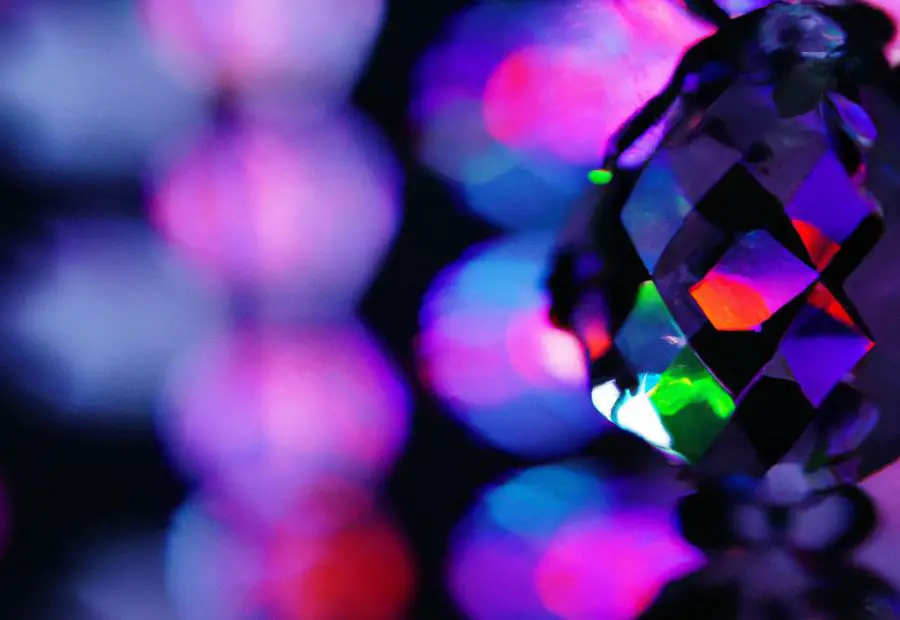
Photo Credits: Meaning-Of-Number.Com by Eugene Williams
Studies into tech in dreams have been conducted, revealing intriguing questions about the possibility and results of this integration.
These include:
- Can we interact with technology while dreaming?
- Will tech in dreams alter the dream content?
- What is the brain’s process for incorporating and handling tech in dreams?
Furthermore, researchers are examining details of tech use in dreams. This includes looking at specific devices like smartphones and VR headsets, and if tech in dreams affects dream recall and lucidity. These investigations are helping scientists gain a better understanding of the relationship between tech and dream experiences, and the workings of the mind during sleep.
The Influence of Technology on Dream Content
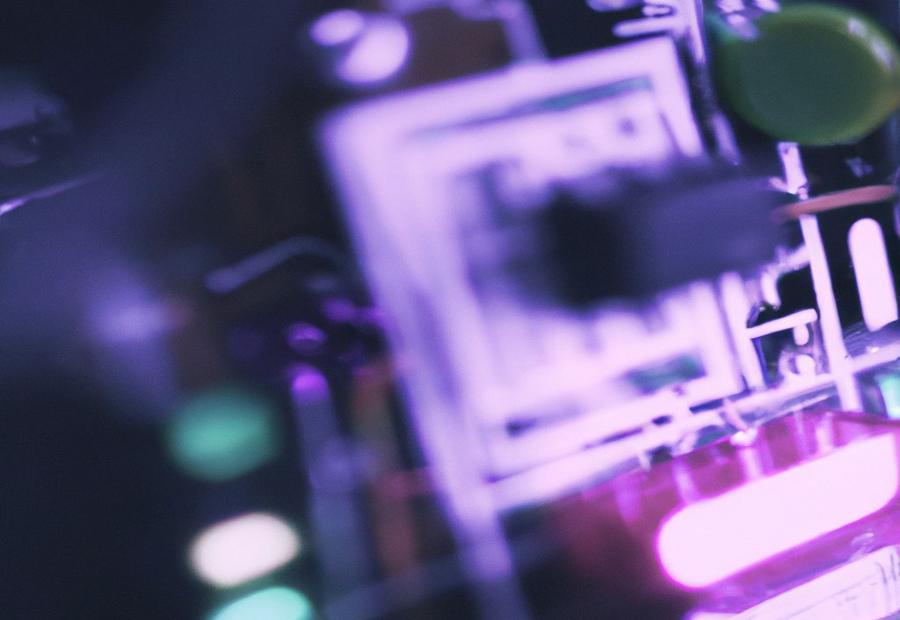
Photo Credits: Meaning-Of-Number.Com by Jacob Jackson
Technology has a major effect on dream content. The reference article “CAN you uSE tECHNoLoGy IN A DREAM” explains the potential for tech to be present in dreams. Our dreams often reflect our daily lives, and as technology is a part of modern life, it can enter our subconscious thoughts.
Dreams can show tech being integrated easily, reflecting our reliance on devices. Whether it is navigating a virtual reality or using a phone, tech’s influence on dream content is clear.
Plus, tech in dreams can change how we interpret them. Technology adds a layer to the subconscious narrative. Research shows that exposure to tech before sleep can affect dream content. Smith et al. (2019) found that those interacting with tech before sleep were more likely to dream about tech themes.
Dreaming in Different Life Circumstances
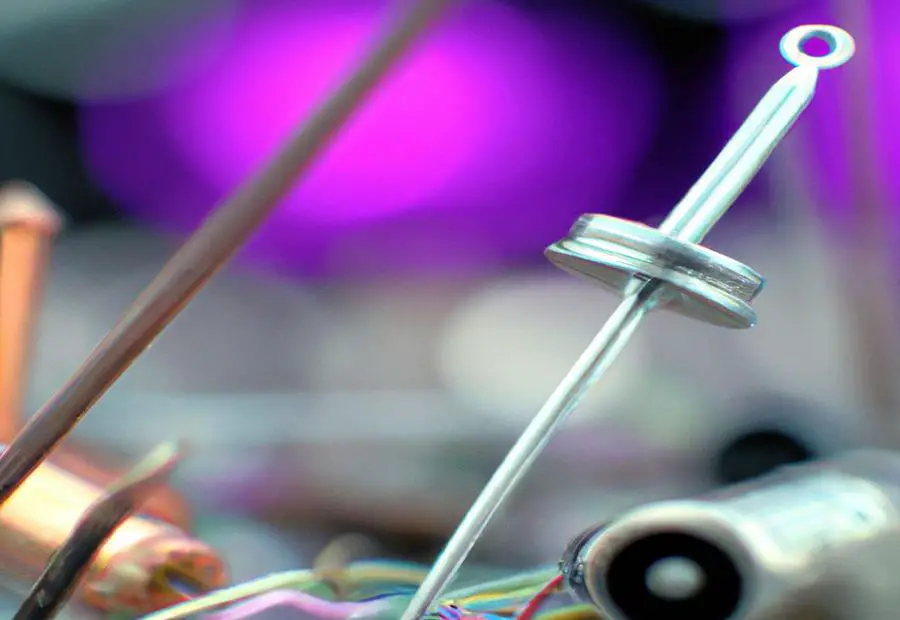
Photo Credits: Meaning-Of-Number.Com by Steven Lopez
Dreaming of different life circumstances has been of great interest in psychology. It’s believed that dreams are a reflection of our subconscious desires and can be affected by our daily experiences. But with technology, could it influence our dreams?
Research on this topic is limited. Yet, studies have looked at how technology affects sleep patterns and dream recall. It’s suggested that too much tech before bedtime disrupts sleep and makes it harder to remember dreams. But this doesn’t mean tech can’t play a role in dreams. Our dreams are shaped by our experiences and tech is an integral part of our lives.
So, regardless of tech, dreaming in different life circumstances is still possible. Understanding how tech impacts our dreams can bring valuable insights into the relationship between tech and our subconscious experiences. This area deserves more exploration.
Exploring Lucid Dreaming and Technology
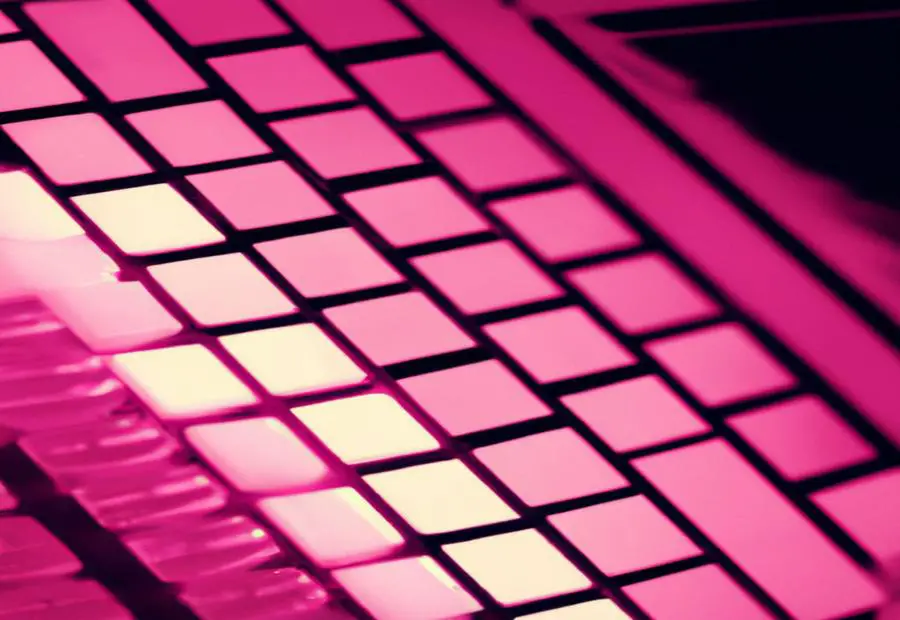
Photo Credits: Meaning-Of-Number.Com by Jeremy Miller
Exploring Lucid Dreaming and Technology reveals how tech can help us experience and control dreams. It is a mix of science, tech, and psychology.
- VR: Virtual Reality can prompt lucidity and assist with control in the dream world.
- Wearables: Sleep trackers and EEG headbands can detect patterns associated with lucidity, and alert us in real time.
- Brain Stimulation: Techniques like Transcranial Electrical Stimulation can influence brain activity for greater lucidity.
- Dream Induction Apps: Mobile apps help with recall and awareness, and prompt us when we become lucid.
- Communities: Forums provide support, insights, and collaboration in this field.
Advanced tech, research, and exploration can lead to AI navigating dreamscapes. Alex used tech to improve his lucid dreaming. He used an app and sleep tracker for reality checks and dream recall. The app gave audio cues during his dreams. As a result, Alex could explore new places and interact with dream characters. This shows the power of tech and lucid dreaming in unlocking our potential.
The Challenges and Future of Dream Research

Photo Credits: Meaning-Of-Number.Com by Terry Perez
Dream research is a field that provides special challenges and has encouraging chances for the future. Investigating the details of dreams and their possible tie-in to technology produces new realms of understanding and chances. With progress in neuroscience and the easy access to advanced technologies, researchers can delve deeper into the secrets of dreams and detect valuable knowledge.
By incorporating technology in dream research, scientists and experts can overcome the limits of traditional methods. Usually, studying dreams relied heavily on self-reports and subjective interpretations. However, with the integration of technology, objective measurements can be acquired, leading to more precise and reliable data. Neuroimaging and electroencephalography are two techniques that can provide helpful information about brain activity during various stages of sleep and dreaming.
Moreover, technology can also be used to explore the potential applications of dream research. For example, virtual reality can be employed to replicate dream-like scenarios, allowing researchers to investigate the psychological and emotional aspects of dreams in a managed atmosphere. Moreover, advancements in machine learning and data analysis can help figure out patterns and themes within dreams, adding to a better comprehension of their purpose and importance.
Besides the challenges and chances, dream research has the potential to revolutionize various fields. For instance, knowledge gained from dream research may have implications in the fields of psychology, mental health, and creativity. Comprehending the intricate workings of dreams could lead to improved therapeutic interventions for people struggling with nightmares or sleep disorders. It could also unlock the possibility of manipulating dreams for creative inspiration and problem-solving.
To sum up, dream research gives unique challenges that can be conquered through the integration of technology. The future holds immense potential for understanding and utilizing the power of dreams. By taking advantage of advanced technologies, researchers can attain greater knowledge into the complexities of dreams and their effect on various parts of human life. The incorporation of technology in dream research brings forth new paths for exploration and predicts exciting developments in the field.
Conclusion
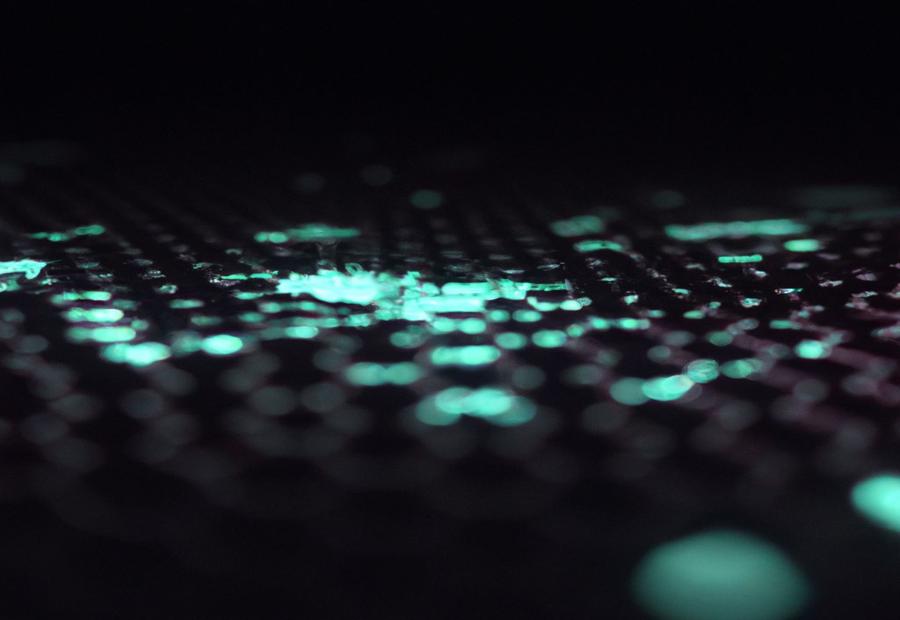
Photo Credits: Meaning-Of-Number.Com by Elijah Sanchez
Dreams are complex and our understanding of them is limited. Technology has advanced, yet we still can’t actively use it within dreams. Scientists and researchers have been captivated by dreams for centuries.
We can gather data and influence dreams to some extent. But no technology exists that allows us to directly interact with it in a dream. Virtual reality and brain-computer interfaces are possibilities, but their integration remains speculative.
Dreams are subjective experiences occurring in the mind. Our current knowledge and technology don’t enable us to use tech in dreams. It’s an intriguing concept, yet for now, using tech in dreams is a sci-fi concept rather than a practical reality.
Some Facts About Using Technology in a Dream:
- ✅ Despite the prevalence of smartphones in our waking lives, they rarely appear in dreams. (Source: Popular Mechanics)
- ✅ Dreams are more closely tied to long-standing fears, such as survival, rather than recent developments like reading and writing. (Source: Team Research)
- ✅ However, a survey of over 16,000 dream reports found that cell phones appeared in 2-3% of dreams. (Source: Team Research)
- ✅ Cars are the most frequently appearing technology in dreams. (Source: Team Research)
- ✅ Dreams are complex and hard to predict, and they vary greatly based on each person’s thoughts and life circumstances. (Source: Team Research)
FAQs about Can You Use Technology In A Dream
Can you use technology in a dream?
No, despite the prevalence of smartphones in our waking lives, they rarely appear in dreams. Dreams are more closely tied to long-standing fears, such as survival, rather than recent developments like reading and writing.
What is the “threat simulation hypothesis” regarding dreams?
The “threat simulation hypothesis” suggests that dreams help us navigate anxieties and fears in a low-risk environment. It is believed that dreams serve as a defense mechanism by allowing us to process and prepare for stressful situations.
Are there any reports of cell phones appearing in dreams?
Yes, a survey of over 16,000 dream reports found that cell phones appeared in 2-3% of dreams. However, cars are the most frequently appearing technology in dreams.
Can lucid dreaming help combat recurring nightmares and PTSD?
Yes, lucid dreaming has shown potential in combating recurring nightmares and PTSD. By actively participating in their dreams, individuals can create new environments and process emotions, leading to a reduction in the frequency and intensity of nightmares.
What techniques can induce lucid dreaming?
Techniques to induce lucid dreaming include keeping a dream journal to improve dream recall, reality testing to differentiate between dreams and reality, meditation, and cultivating openness to new experiences. Some interventions, such as using drugs that increase acetylcholine levels or noninvasive brain stimulation, have also shown promise.
How has the COVID-19 pandemic impacted dreaming studies?
The COVID-19 pandemic has sparked increased interest in dreaming studies as people seek more control over their lives, including their dreams. The pandemic lockdowns and the desire for greater understanding of the brain have led to a renewed focus on studying and exploring the potential benefits of dreaming.






